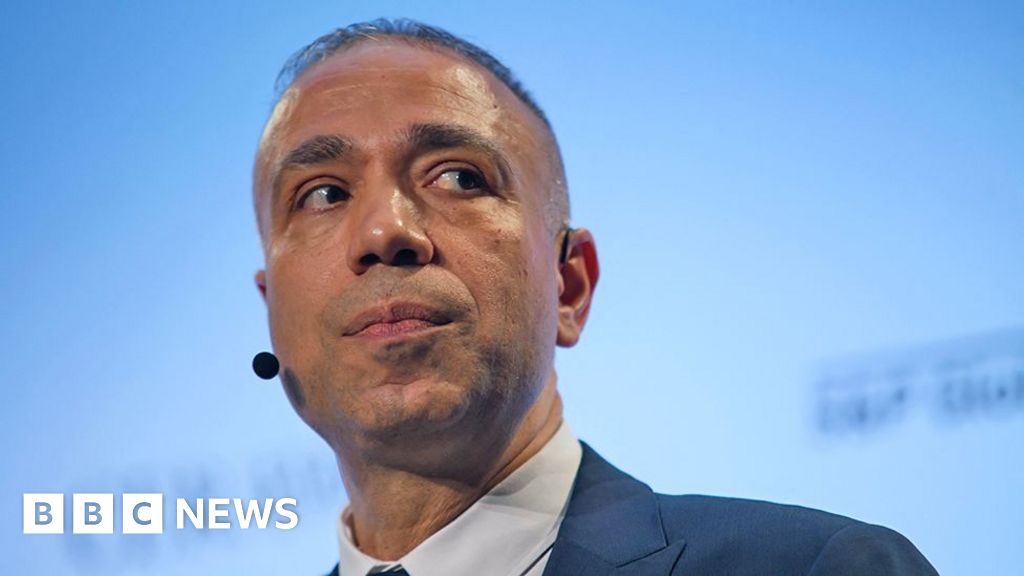Two years ago, Russia tried to capture Ukraine's second-largest city Kharkiv. Now, it has launched a second attempt. Until recently, experts were certain that Russian operations near Kharkiv were little more than a propaganda effort, believing Russia lacked the forces to take the city.
In early May, however, Russia took control of several villages in the north of the Kharkiv region, stoking fears it was pushing to capture the region's capital as well. Should that happen, Ukraine would not only lose more territory, but also one of its key cities. Kharkiv is an economic and cultural hub, and has come to symbolize Ukrainian resilience against Russian aggression.
A brief history of Kharkiv
Kharkiv was a major city in Imperial Russia. Later, between 1919 and 1934, it served as the capital of Soviet Ukraine. Although the city later became predominantly Russian-speaking, Ukrainian culture flourished there in the 1920s and 1930s — prominent cultural figures, however, were persecuted under Soviet dictator Josef Stalin. Many writers and poets from this age, which in Ukrainian history came to be known as the "Executed Renaissance," only gained wider acclaim after Ukraine achieved independence in 1991.
In Soviet times, Kharkiv became a center of transport, industry and science. The city was home to a high-tech, industrial cluster and a number of key universities, including the Kharkiv National University, the National Law University, the National University of Radio Electronics, and the Kharkiv Aviation Institute — the first of its kind in Ukraine. In the 1930s, a Kharkiv research center successfully split the atom for the first time ever in the Soviet Union.
The city lies some 40 kilometers (24.9 miles) south of the Russian border, at an intersection of two strategic highways running from east to west, and from north to south. One links Moscow via Rostov-on-Don to Crimea. Until recently, the city produced components for hydroelectric, thermal and nuclear power plants, as well as airplane, tractor and tank parts. The city is also home to Barabashovo market, the largest in Ukraine.
Russia beaten back once
Increased Russian shelling and the resulting power outages have forced many companies there to cease operating at full capacity. It is unlikely that Ukraine would be capable of relocating them somewhere safer. Doing so would be costly, require moving equipment by cargo train, and take considerable time.
Some smaller companies moved to western Ukraine in 2022. In April, Ukrainian media reported that two major Kharkiv-based industrial firms, which merged shortly before the Russian invasion, were planning to set up branches in the west.
Russia has made no secret of its goal to capture Kharkiv. Early into Russia's full-scale invasion of Ukraine in 2022, former Russian president Dmitry Medvedev said Kharkiv would be the fifth region to be annexed.
A successful Ukrainian counteroffensive initially thwarted these plans, with the Russian army fleeing Kharkiv, leaving behind equipment and ammunition.
 Russia abandoned military equipment when it withdrew from the region in 2022Image: Hanna Sokolova/DW
Russia abandoned military equipment when it withdrew from the region in 2022Image: Hanna Sokolova/DWObservers believe Russia is attempting revenge for this defeat. Capturing Kharkiv and the broader region would also deal a serious blow to Ukraine's energy security. The economic consequences of taking the territory would be more serious than the capture of Donetsk or Mariupol.
According to government statistics, Kharkiv was the third-largest contributor (6.3%) to Ukraine's GDP in 2019, behind Kyiv and Dnipropetrovsk. Kharkiv also holds the country's largest natural gas reserves, making Ukraine virtually self-sufficient.
A military hub
A battle over the city could be the bloodiest yet in this war. Spanning some 350 square kilometers and home to around 1.3 million people, Kharkiv is roughly the size of Munich, Germany.
While many inhabitants have left the city, hundreds of thousands have also fled to Kharkiv from the Donbas and other embattled regions. This means its population size has remained largely stable.
In 2014, pro-Russian activists seized power in Ukraine's eastern cities in Donetsk and Luhansk with the tacit support of Russian security services. In Kharkiv, insurgents attempting the same were swiftly driven out.
When war reached the Donbas region that same year, Kharkiv became a focal point for Ukrainian armed forces and volunteers. Kharkiv region had inherited a number of military facilities from the Soviet era, including an arms depot and an airbase.
Kharkiv: Ukraine evacuates thousands from border towns
Russia's assault on Ukraine's northeastern region did not come as a surprise. While the city has several defensive lines, the surrounding area does not. And Russia has strategic advantage: It can fire on Kharkiv and the broader region from within its own territory.
Ukraine can only strike back with short-range weapons. Western allies have only supplied long-range weapons to Ukraine under the condition that they not be used to attack Russian territory. The UK has recently announced its willingness to scrap this condition, but most other countries still hold fast to the initial agreement.
This article was translated from German

 5 months ago
29
5 months ago
29








